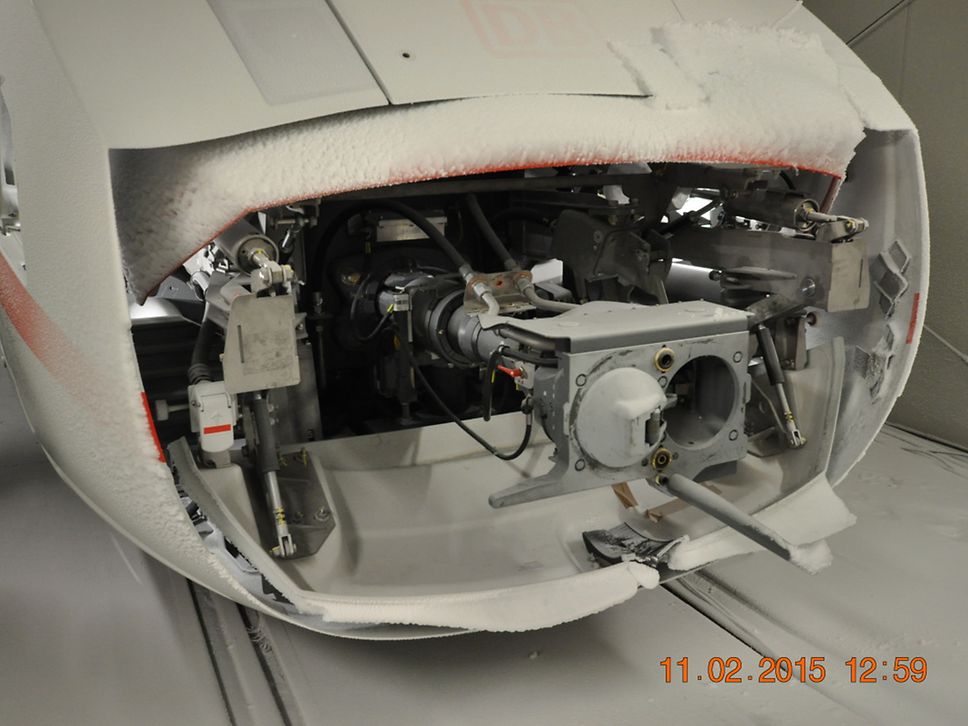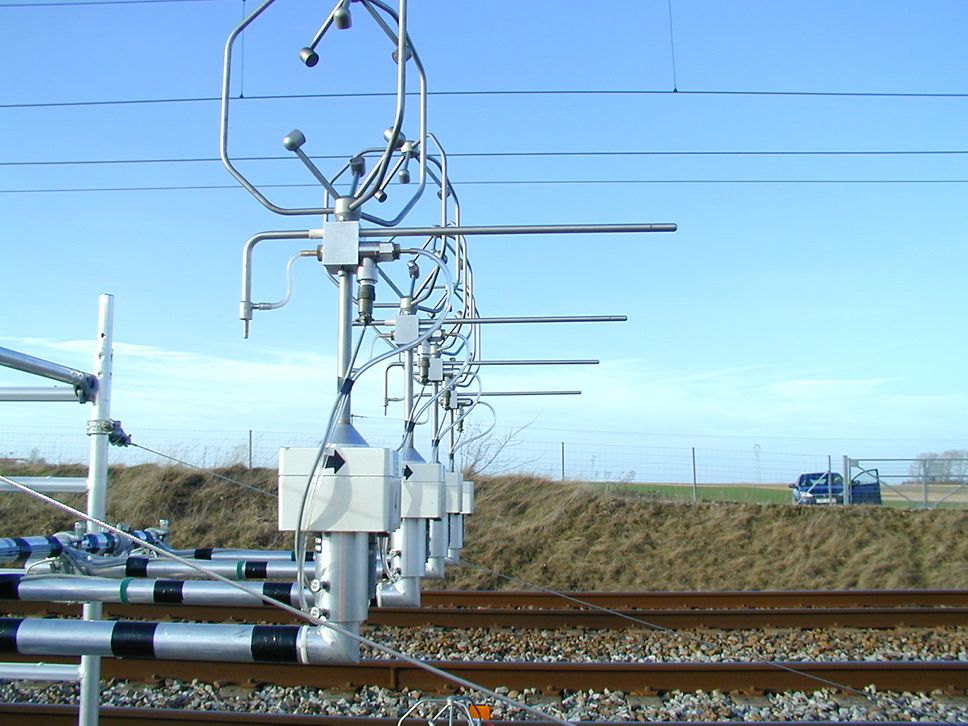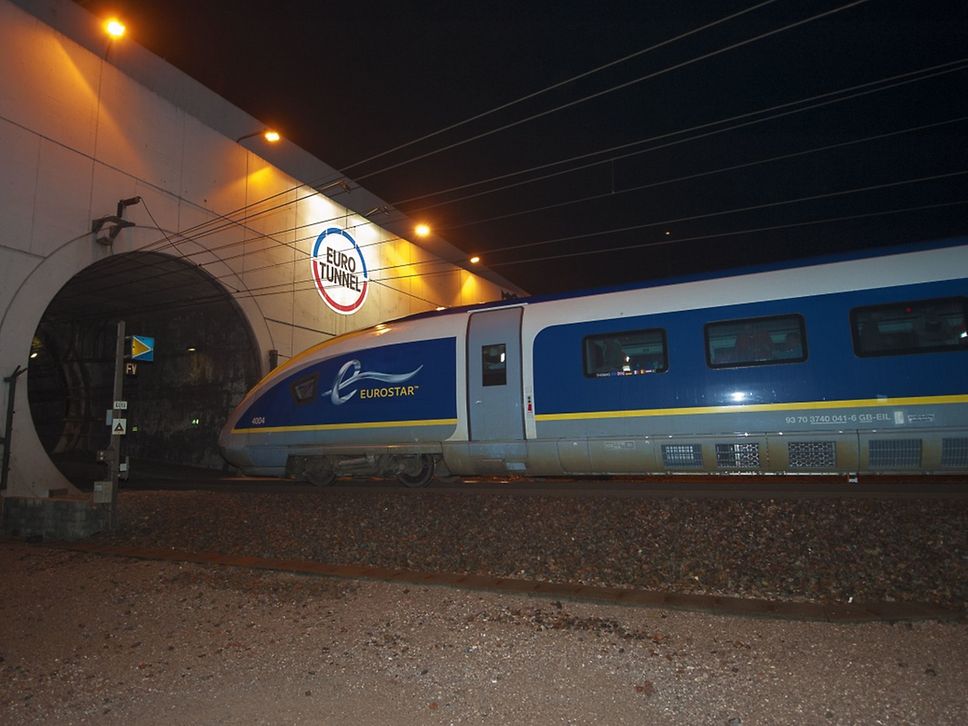Article: The Importance of Professional Testing & Homologation on the Introduction of New Rolling Stock
Dr. Lars Müller is head of DB Systemtechnik’s Testing Business Line. He leads a team of approximately 250 staff within the Engineering Department of DB Systemtechnik, the specialist, 800 strong, railway engineering office of Deutsche Bahn AG. Based in Minden and Munich Germany, Dr. Lars Müller’s team delivers testing & homologation services for not only the German network, but also overseas in countries such as China, Japan, Kazakhstan, India, Saudi Arabia and the USA. DB ESG have trained personnel that are helping to deliver this service to the UK market.
DB Systemtechnik has more than 40 vehicles for homologating trains and inspecting infrastructure, such as the nearly 400 kph High Speed ICE, which commissioned the new High-speed Line between Munich and Berlin.
What is homologation and testing, and why is it important?Homologation, which comes from the Latin / Greek for ‘to agree’, is the term used for the process associated with the formal acceptance that is used to ensure that a product, system or assembly conforms to a set of defined standards. Testing is an important part of that process, providing the evidence that approval bodies require prior to the formal acceptance.Homologation plays an essential role in ensuring that new infrastructure or rolling stock can operate safely on the network. Whilst models and simulation techniques provide significant value, it is important to know their limitations and to understand when actual physical testing is required. This ensures that evidence based submissions can be made to the acceptance body (NoBo/AsBo /DeBo), providing a greater degree of certainty in critical engineering areas.
It is important to remember that any railway operates as a system, hence the approach to testing needs to consider the interactions and behaviour of each element, whether that be the vehicle or the infrastructure, component or sub-system.

What are the primary considerations/attributes to be considered?Testing is completed as a combination of complementary static and dynamic tests on any attribute that has an effect on the operational safety of the system. DB Systemtechnik have the capability to test: Aerodynamics, Acoustics & Vibrations, Braking Systems, Running Dynamics, Pantograph & Catenary Systems and Electromagnetic Compatibility.
This diverse set of attributes needs careful consideration, therefore the depth of expertise within the Engineering Department at DB Systemtechnik is extremely valuable. Additionally, we have developed our own equipment to support the process, ensuring that we can have complete control of the whole process.
Aerodynamics - as an example

In Aerodynamics, which covers the safe and efficient interplay between rolling stock, infrastructure and other operations, we are able to utilise accredited testing methods and measurement systems that have been proven in service and are therefore recognised by the approvals authorities.
Our testing capability covers:
Aerodynamics of Rolling Stock
- train induced aerodynamic loads in the open air and in tunnels.
- special topics (e.g. rolling resistance, underfloor, passing of trains).
Train Induced Loads
- on infrastructure components.
- reactional behaviour of non-movable objects.
- reactional behaviour of movable objects (e.g. luggage trollies on a platform).
- special topics such as flying ballast.
Tunnels and underground stations
- amplification of entry pressure waves and pressure loads.
- reactions of loads on emergency exits and equipment cabinets.
- pressure waves during controlled passing of trains.
- ventilation of/and air extraction from tunnels and stations.
- interior comfort, air flow and ventilation requirements.
- meteorological boundary conditions.

All tests and measurements are completed in accordance with TSI regulations and EN 14067 (for example differential pressures, air flow velocities, deflections, accelerations, ambient wind, temperatures, atmospheric humidity, absolute pressure).
Additionally we can support all of our activities with the necessary Safety and Risk Analysis experts, in accordance with CSM-RA and EN 50126, for all subsystems of the railway. This includes AsBo for rolling stock, energy, operations, CCS and system integration.
What value does this service provide?The true value of a thorough approach to testing and homologation is in ensuring that the safety integrity of the railway system is not compromised by any change, and that all risks are identified and appropriately managed.

Economics is, as always, an important consideration, particularly given the time, labour and access costs associated with a testing programme that can last a number of months. It is therefore of paramount importance for project cost control, that these tests are done efficiently, in a well-planned and professional manner, so that the results can be relied upon.
How can we help?DB ESG is the route to market for the DB Systemtechnik product and service portfolios in the UK. We can rapidly deploy existing and proven solutions on to the UK rail network. To understand how we can support you further contact: heidi.lee@dbesg.com.
